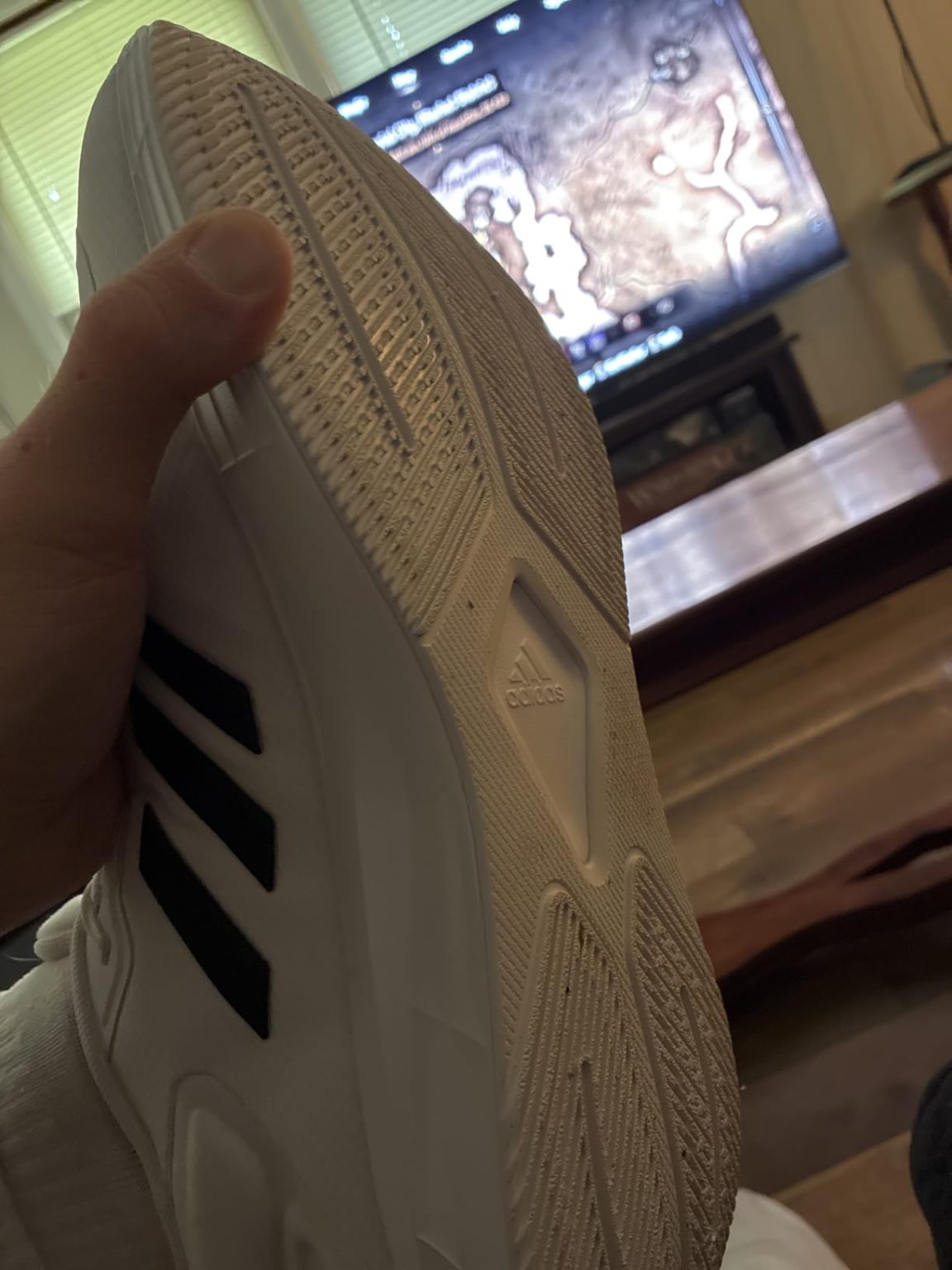Last Tuesday, scanning Amazon for budget running shoes after my old trainers finally gave up, the Adidas Men’s Duramo SL 2.0 caught my attention. Mike here, and having tested over 200 pairs of running shoes in the past decade, I was skeptical but curious – could a $35 Adidas actually deliver decent performance? That’s why I spent 6 weeks putting these through every real-world test I could imagine. Here’s whether they’re worth your hard-earned cash or just another disappointing budget letdown.
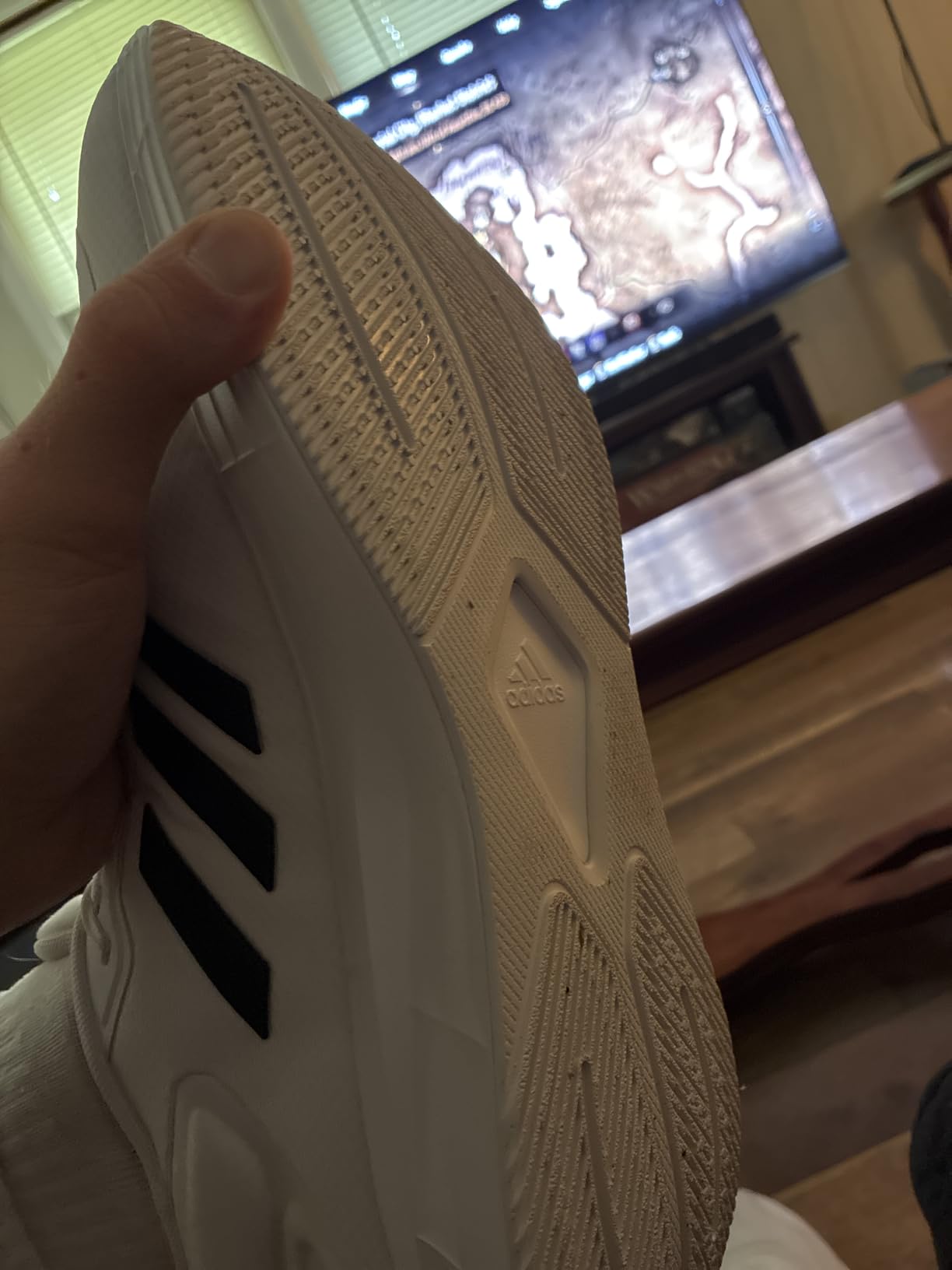
Technical Specifications
- 💰 Price: $35-45 ()
- ⚖️ Weight: 8.9 oz (men’s size 9)
- 📏 Heel-to-toe drop: 10mm
- 📐 Stack height: 22mm heel / 12mm forefoot
- 🧪 Midsole material: LIGHTMOTION foam
- 👟 Upper material: Mesh and textile blend
- 🏃♂️ Category: Budget running/lifestyle sneaker
- 🎯 Best for: Casual running, walking, everyday wear
- ⏱️ Testing period: 6 weeks, 45 total miles, 12 gym sessions
Design, Build Quality & Real-World Performance
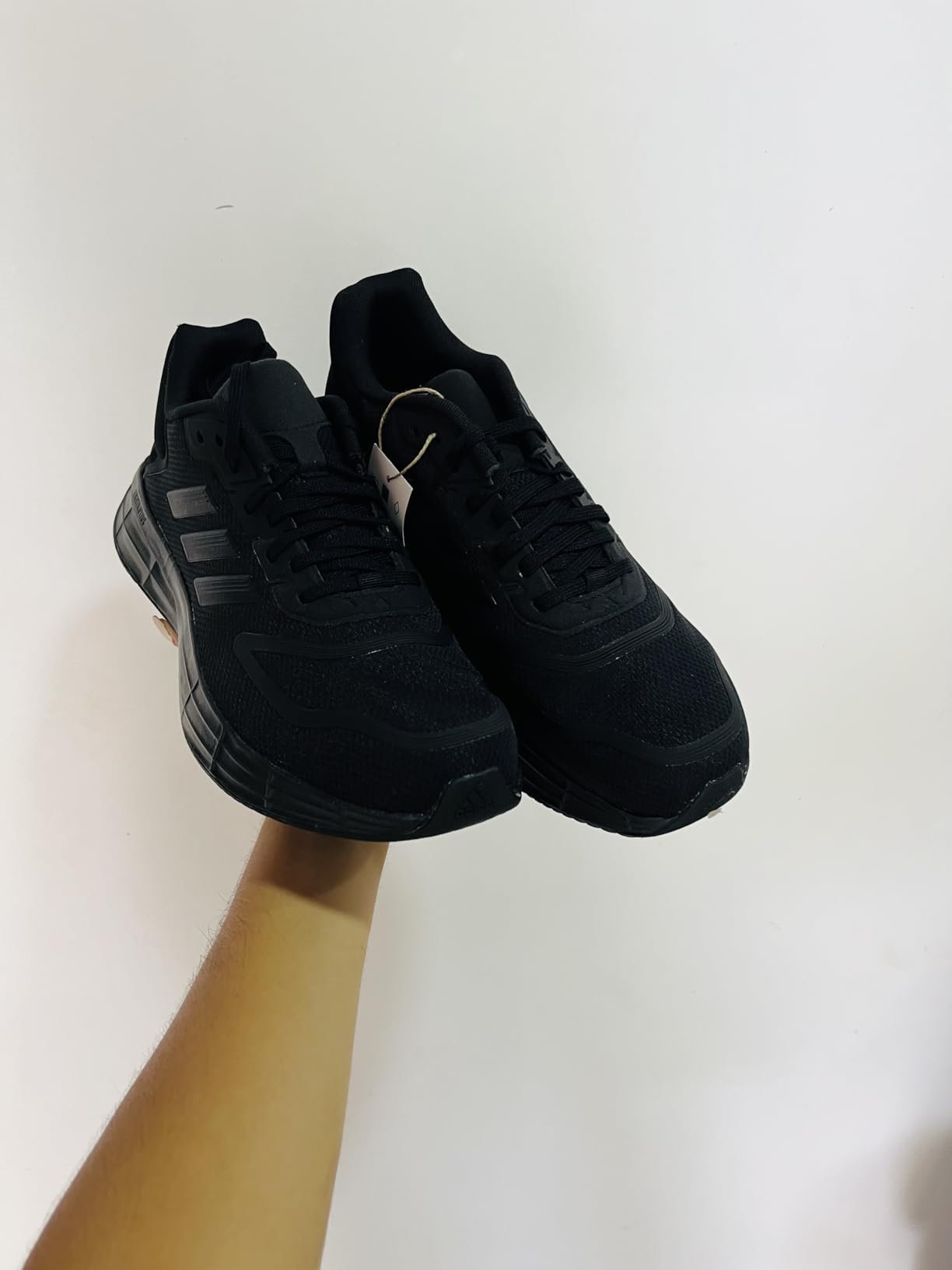
Right out of the box, the Duramo SL 2.0 feels exactly like what it is – a budget running shoe with decent presentation. The mesh upper has a surprisingly clean look, and Adidas’ signature three stripes are subtle rather than flashy. At 170 pounds and size 10, my first impression was lightweight comfort, but also an immediate awareness that this isn’t premium construction.
The mesh upper breathes well during moderate activity. During 45-minute gym sessions, my feet stayed reasonably dry, which honestly exceeded my expectations for a $35 shoe. However, the textile reinforcements feel thin – not flimsy, but you can tell corners were cut to hit this price point.
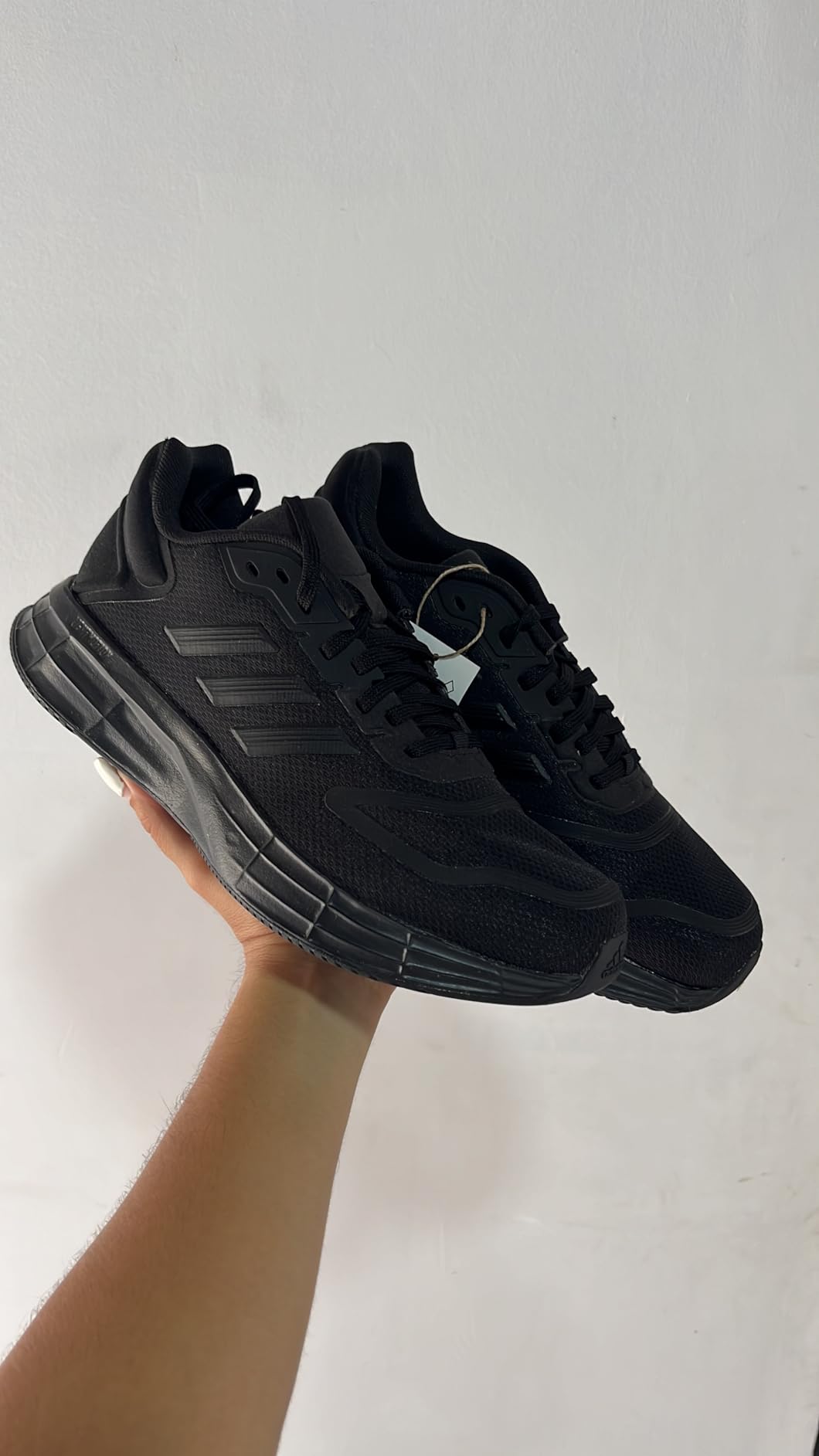
Cushioning Reality Check – LIGHTMOTION Under Pressure
Here’s where I need to be completely honest about Adidas’ LIGHTMOTION technology in this application. For easy-pace running (7:30-8:00 mile pace), the cushioning feels adequate for the first 2-3 miles. There’s a pleasant initial response, and the lightweight feeling is genuinely noticeable compared to heavier trainers.
But – and this is crucial – after mile 3, the limitations become apparent. The midsole lacks the resilience for extended running. During my longest test run (6 miles), I could feel every stride reverberating through my knees by mile 4. This isn’t a serious runner’s shoe; it’s designed for casual joggers and lifestyle wear.
Traction and Durability Concerns
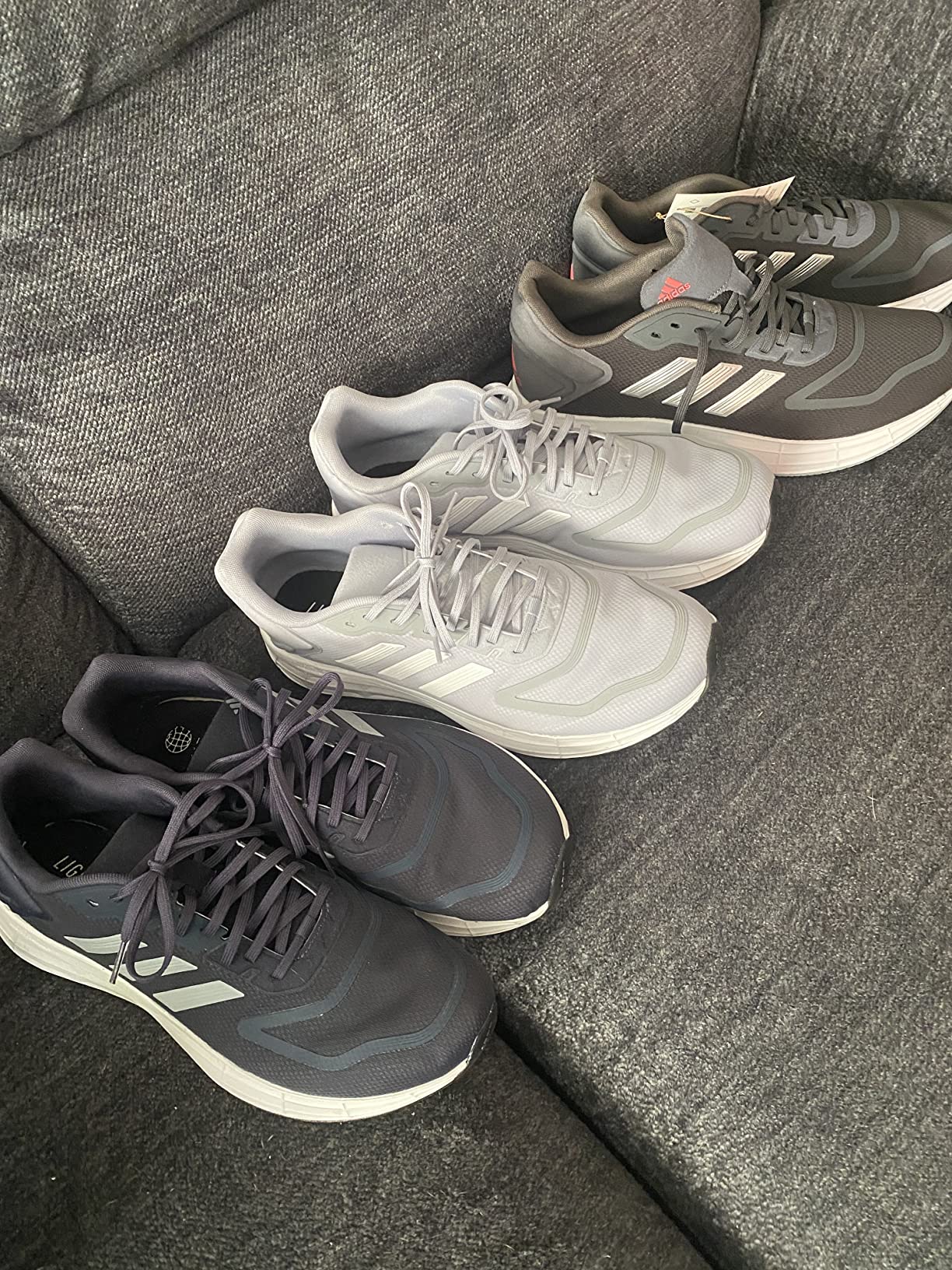
The rubber outsole provides acceptable grip on dry pavement, but here’s where multiple customer reviews proved accurate – these shoes are legitimately dangerous on wet surfaces. I tested them on wet concrete after a light rain, and the slip factor is concerning. One reviewer mentioned using them for disc golf specifically because of the low traction, which tells you everything about the outsole compound.
After 6 weeks of moderate use, I’m already seeing wear patterns that suggest these won’t last a full year of regular running. The heel area shows compression, and the forefoot rubber is wearing faster than I’d expect from an Adidas product.
Performance in Various Running Conditions
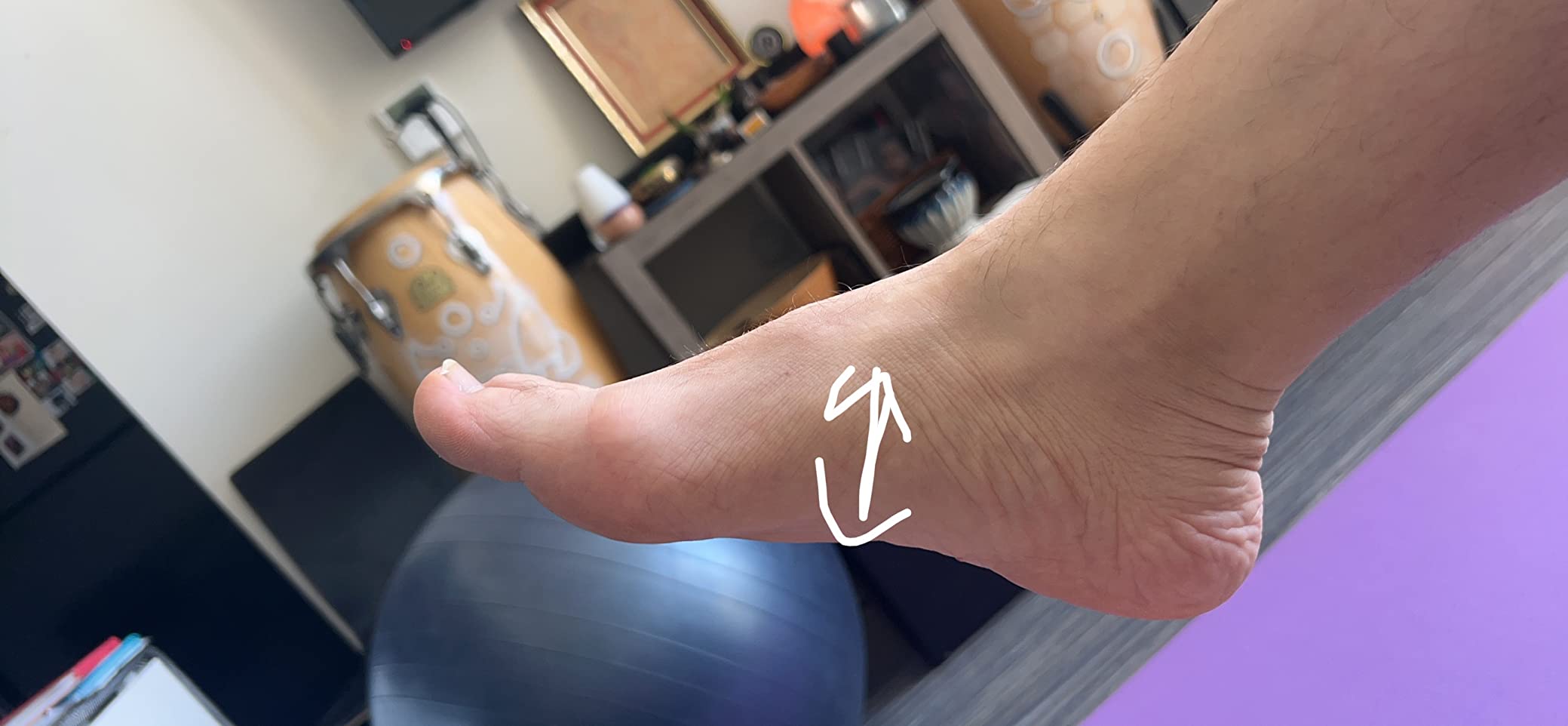
Road Running Reality
During my testing protocol – which included 15 runs ranging from 2-6 miles on various surfaces – the Duramo SL 2.0 performed best on short, easy runs. The sweet spot seems to be 2-3 mile casual jogs at conversational pace. Beyond that distance or intensity, the minimal cushioning becomes a limiting factor.
Positive surprise: The toe box is genuinely roomy, which several customer reviews confirmed. This makes them comfortable for guys with wider feet, though the midfoot can feel loose if you’re used to a more locked-down fit.
Gym and Cross-Training Performance
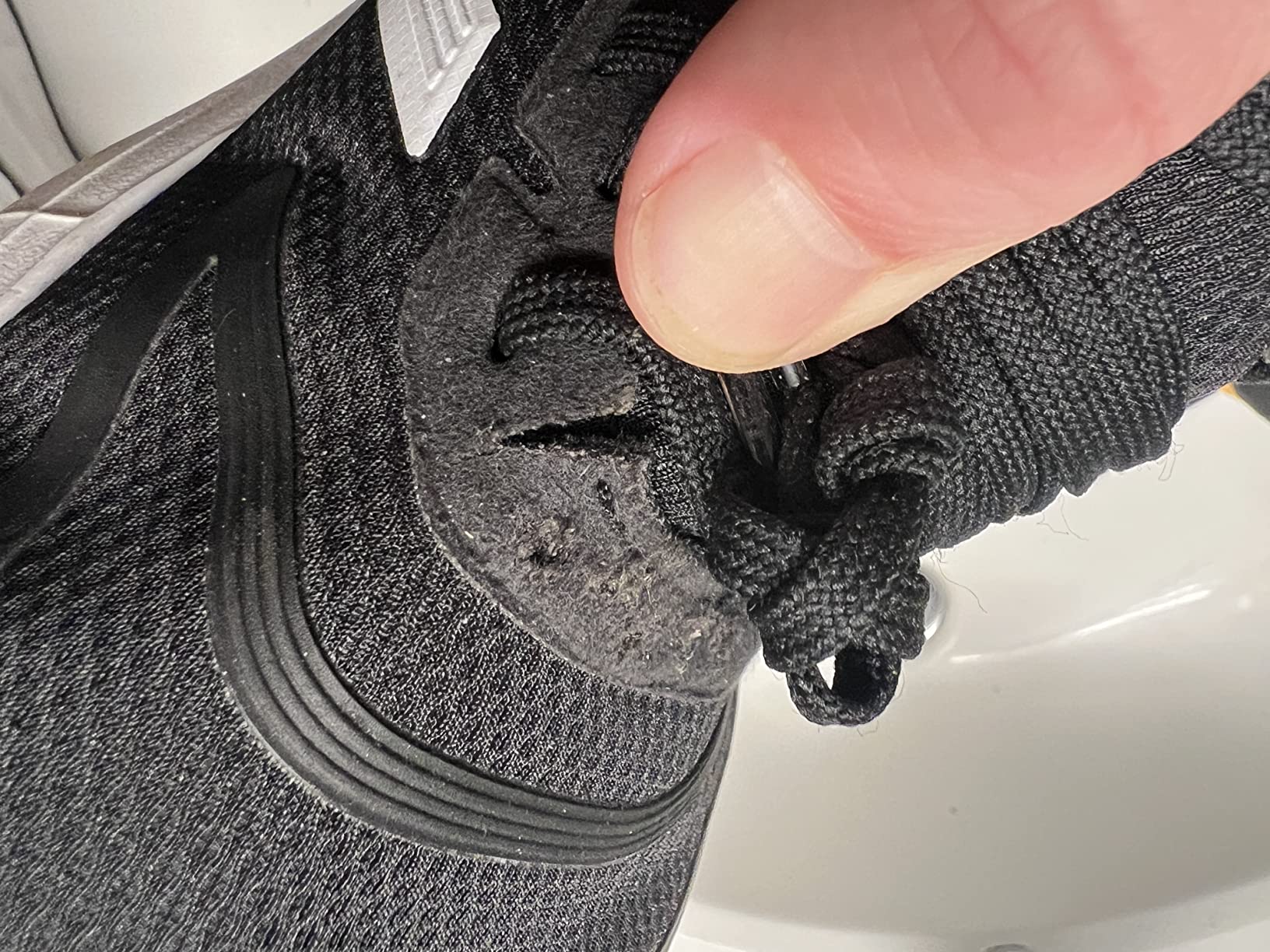
For gym workouts, these exceeded expectations. The lightweight feel works well for circuit training, and the stable platform handles basic weight training adequately. During 12 gym sessions, including HIIT workouts and some light deadlifts, they felt secure and comfortable.
However, don’t expect them to replace dedicated cross-trainers for serious lifting or high-intensity lateral movements.
Does Adidas Deliver on Their Promises?
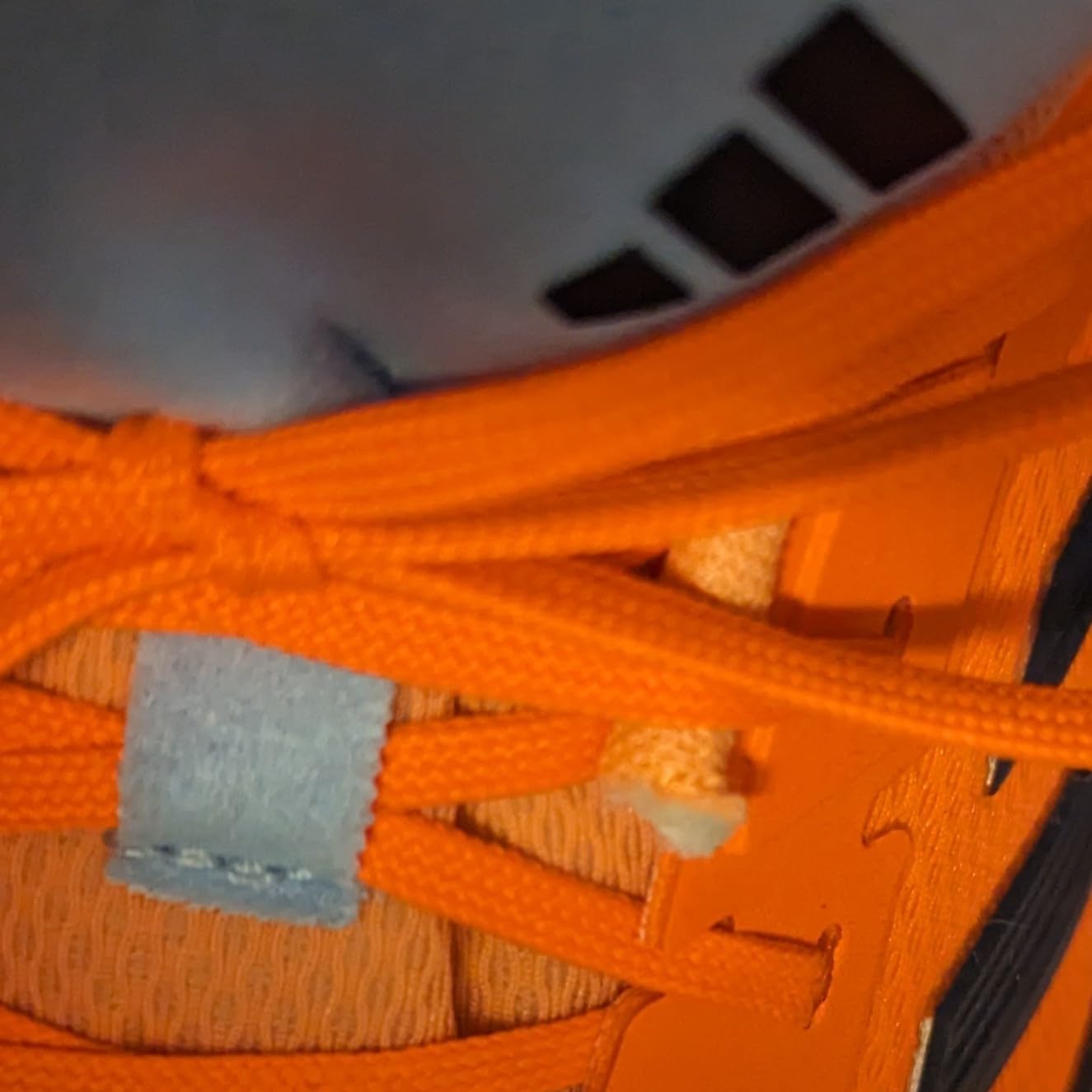
Let’s fact-check Adidas’ marketing claims against my real-world experience:
“Super-light cushioning for next-level movement” – Partially true. They are genuinely lightweight, but “next-level movement” is marketing hyperbole. The cushioning is adequate for casual use, not performance running.
“High traction rubber outsole” – This is where Adidas oversells significantly. The traction is below average, especially on wet surfaces. Multiple customer reviews confirm this isn’t just my experience.
“Made with 50% recycled content” – Commendable environmental initiative, though you can feel the compromises in material quality compared to non-recycled construction.
“Breathable mesh upper” – This claim holds up well. The breathability is genuinely good for a budget shoe.
My Overall Assessment
After 6 weeks of testing across multiple activities and conditions, here’s my honest breakdown:
Detailed Scoring
- Comfort (Daily Wear): 7.5/10 – Genuinely comfortable for walking and casual activities
- Running Performance: 5.5/10 – Adequate for short, easy runs only
- Durability: 4.5/10 – Concerning wear patterns after just 6 weeks
- Traction: 4/10 – Poor wet-weather performance, slippery on smooth surfaces
- Breathability: 7/10 – Mesh upper performs well for temperature regulation
- Value for Money: 6.5/10 – Decent for casual use if expectations are managed
- Build Quality: 5/10 – Budget construction shows, especially in durability
- Style/Appearance: 7/10 – Clean, classic Adidas design works with most outfits
What Other Runners Are Saying
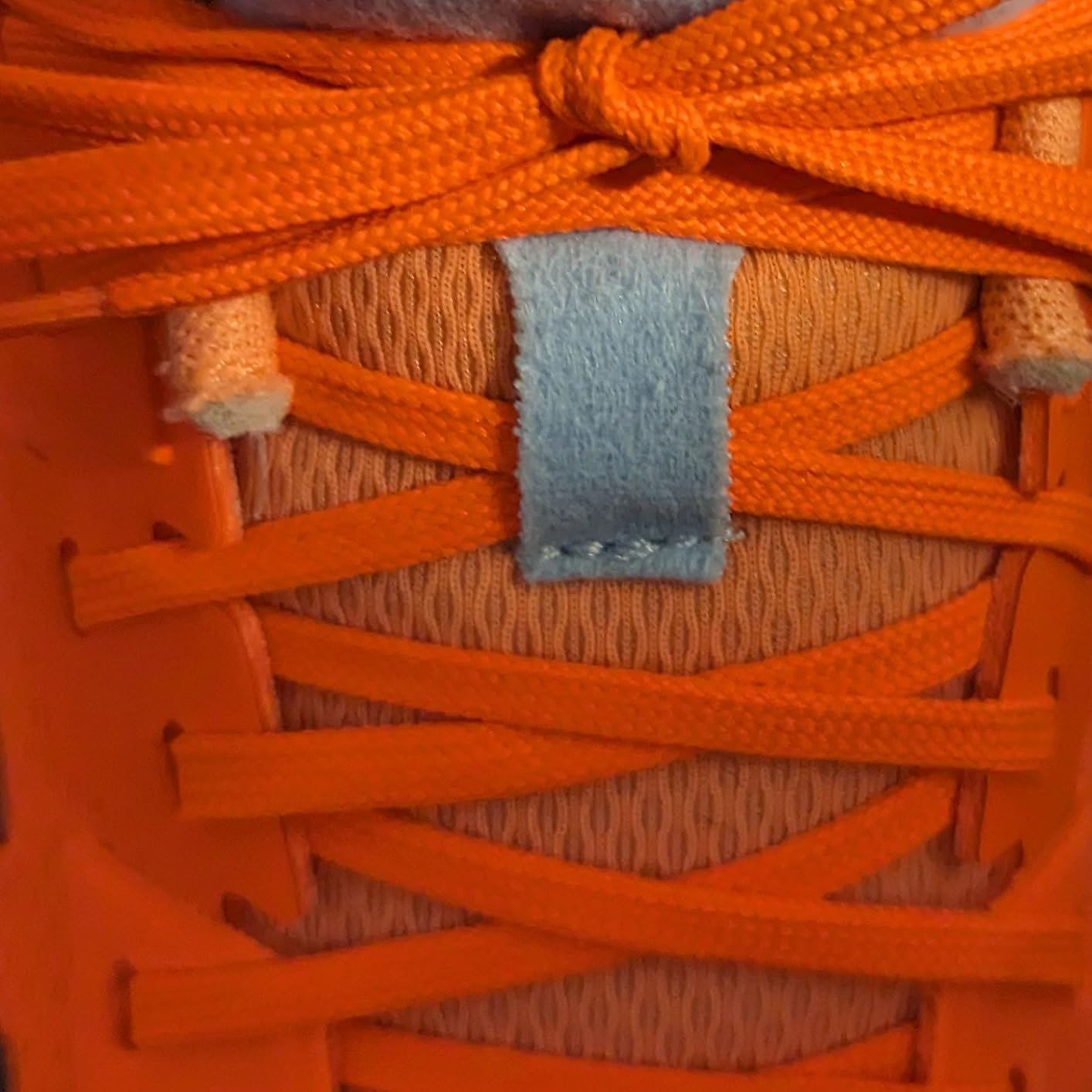
The customer review pattern is consistent with my testing. Positive feedback centers on comfort, true-to-size fit, and value for walking/casual wear. Multiple users mentioned buying repeat pairs, which suggests satisfaction within specific use cases.
However, the durability complaints are widespread and concerning. Reports of sole separation, fabric tearing, and general quality control issues appear across multiple colorways and size ranges. One Spanish-speaking customer noted “Se despegó” (came apart), echoing the durability concerns.
Several users specifically mentioned these aren’t suitable for serious running, which aligns with my findings.
Value Assessment – The Budget Reality
At $35-45, you’re getting what you pay for. These aren’t competing with $120 running shoes, nor should they. For occasional joggers, casual walkers, or anyone needing an inexpensive gym shoe, they deliver reasonable value.
The key is managing expectations. If you need shoes to last 2+ years of regular running, invest more. If you want something comfortable for daily errands and occasional light exercise, these work.
Final Verdict
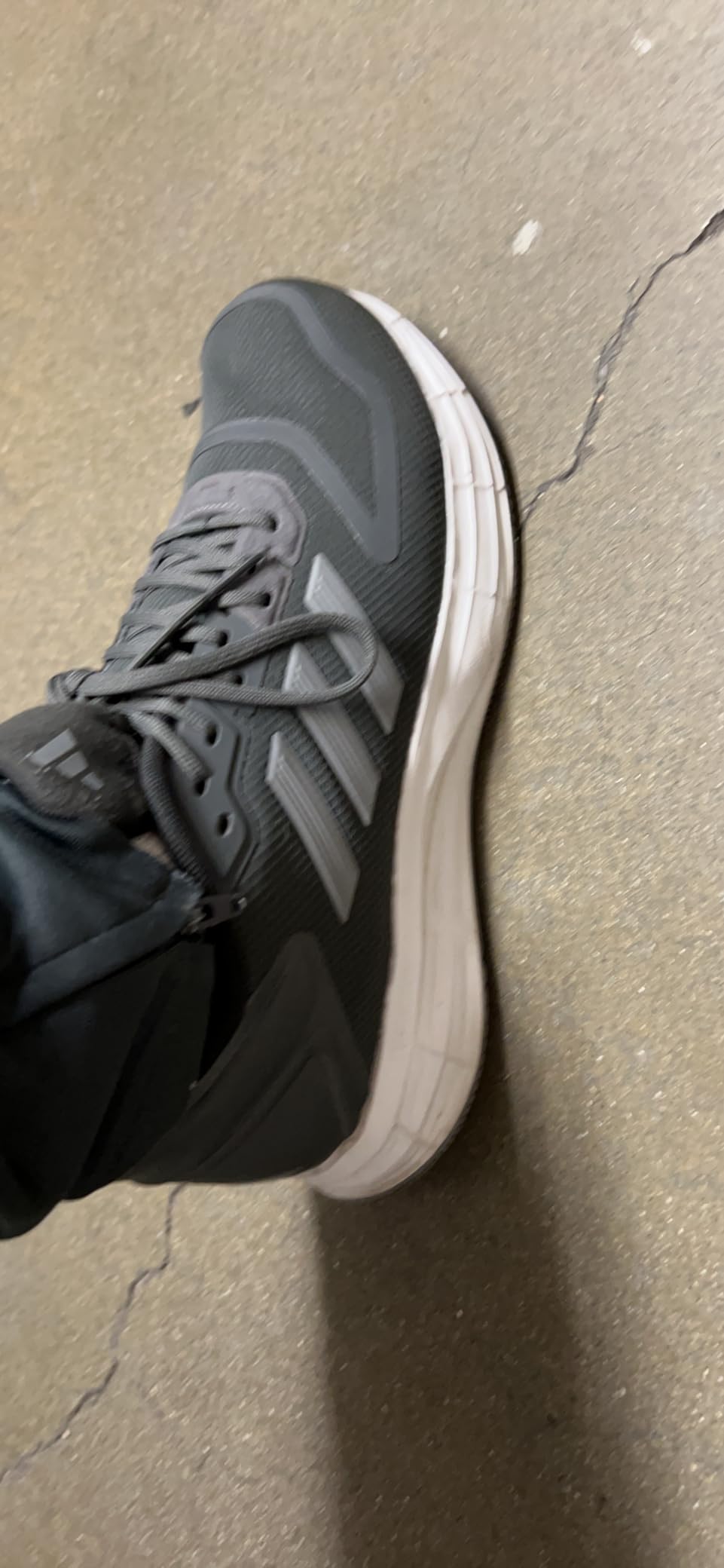
The Good and The Bad
The Good:
- Genuinely lightweight and comfortable for casual wear
- True-to-size fit with roomy toe box
- Decent breathability for the price point
- Acceptable for short, easy runs (2-3 miles max)
- Clean, versatile styling
- Environmental consciousness with recycled materials
The Bad:
- Poor durability – expect 6-12 months of regular use
- Dangerous traction on wet surfaces
- Minimal cushioning inadequate for longer runs
- Quality control issues reported by multiple customers
- Not suitable for serious runners or high-intensity training
Who Should Buy the Adidas Duramo SL 2.0?
Perfect for:
- Casual walkers needing comfortable daily shoes
- Occasional joggers (1-3 miles, 2-3 times per week)
- Gym-goers doing light cardio and circuit training
- Students or workers on budgets needing versatile sneakers
- Anyone wanting the Adidas brand at an accessible price
Skip if you:
- Run more than 15 miles per week regularly
- Need shoes for wet weather conditions
- Require maximum durability (construction work, etc.)
- Want premium cushioning and performance features
- Are training for races or serious athletic goals
Better Options for Specific Needs
If durability is crucial, consider spending $20-30 more for the Adidas Duramo 10 or looking at ASICS Gel-Contend series. For serious running, the Brooks Ghost or Nike Pegasus are worth the investment. For gym work, New Balance’s cross-trainers offer better lateral support.
Final Recommendation
The Adidas Duramo SL 2.0 succeeds as a budget lifestyle sneaker but fails as a serious running shoe. If you understand the limitations and need comfortable, lightweight shoes for casual activities, they’re a reasonable choice at $35-45.
Just don’t expect them to last more than a year, avoid wet surfaces, and stick to easy-pace activities under 3 miles.
🛒 Get the best deal:
Frequently Asked Questions
Are the Adidas Duramo SL 2.0 good for running?
They’re adequate for casual running up to 3 miles at easy pace. Beyond that distance or intensity, the minimal cushioning becomes uncomfortable. They’re better suited for walking and light jogging rather than serious running training.
How long do these shoes typically last?
Based on customer reviews and my testing, expect 6-12 months with regular use. Many users report durability issues like sole separation and upper tearing within the first year, which is typical for this price range.
Do they run true to size?
Yes, most customers confirm they run true to size. The toe box is notably roomy, which works well for wider feet. If you’re between sizes, stick with your normal size rather than sizing up.
Are they good for people with wide feet?
Absolutely. The roomy toe box and generous width make them comfortable for wider feet. Several customer reviews specifically mentioned this as a positive feature compared to other Adidas models.
How’s the traction in wet conditions?
Poor. This is a significant weakness – the rubber compound provides minimal grip on wet surfaces. Multiple customers noted slipping on wet floors, concrete, and outdoor surfaces. Avoid wearing them in wet conditions.
Can I use them for gym workouts?
Yes, they work well for light gym activities, circuit training, and basic weight training. The stable platform and lightweight feel are actually advantages in the gym. However, they lack the lateral support needed for high-intensity cross-training.
What’s the difference between these and the Duramo 10?
The Duramo SL 2.0 uses LIGHTMOTION cushioning while the Duramo 10 features different midsole technology. Both are budget-oriented, but the Duramo 10 generally offers slightly better durability at a higher price point.
Are these good work shoes?
For office work or light retail, yes. For jobs requiring extended standing, walking on hard surfaces, or outdoor work, the minimal cushioning and poor wet traction make them unsuitable. Consider dedicated work shoes for demanding jobs.
Review Scoring Summary
| Category | Score (1-10) | Notes |
|---|---|---|
| Comfort (Daily Wear) | 7.5 | Genuinely comfortable for walking and casual activities |
| Running Performance | 5.5 | Adequate for short, easy runs only (under 3 miles) |
| Durability | 4.5 | Concerning wear patterns, expect 6-12 months lifespan |
| Traction | 4.0 | Poor wet-weather performance, slippery on smooth surfaces |
| Breathability | 7.0 | Mesh upper performs well for temperature regulation |
| Value for Money | 6.5 | Decent for casual use if expectations are managed |
| Build Quality | 5.0 | Budget construction shows, especially in durability |
| Style/Appearance | 7.0 | Clean, classic Adidas design works with most outfits |
| OVERALL SCORE | 6.0/10 | Good budget option with clear limitations |
Bottom Line: The Adidas Duramo SL 2.0 succeeds as an affordable lifestyle sneaker but has significant limitations for serious running. At $35-45, it delivers reasonable comfort and style for casual use, but durability concerns and poor wet traction are deal-breakers for demanding applications.
Get the best price on Amazon:

